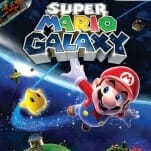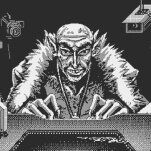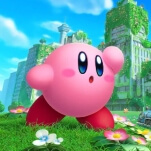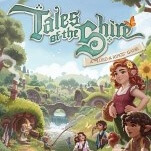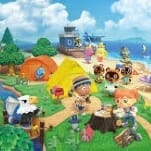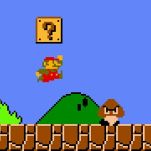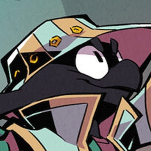5 Nintendo Mobile Games We’d Like to See
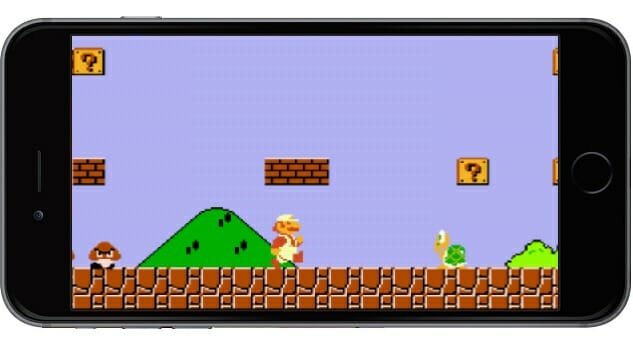
To some, Nintendo might seem like that stodgy company that never changes, pumping out the same tired franchises year after year. Yet change has been pivotal to its survival over 125 years of business. Their entertainment products have evolved with the times, beginning with playing cards (which they still manufacture, by the way) and dipping into mechanical toys, arcade amusements, and interactive watches before settling into the last thirty-plus years as producer of videogame software and hardware.
Nintendo’s strength has always been the exclusive games created for their own dedicated platforms. They always seem to get the most out of their hardware and for good reason: They built it. But this spring, they embark on their latest change, perhaps the most dramatic upheaval in company priorities since going all-in on home consoles with the Famicom in Japan (1983) and the NES in North America (1985). In March, Nintendo will release their first smartphone app, Miitomo.
This is a big deal for reasons more complicated than we have time to discuss here. But the point is this: Nintendo is making games for phones now. They’ve promised to deliver five games by the end of March 2017. And besides Miitomo, a communication app based on Miis, we know nothing about their plans aside from the broad pronouncement that any and all characters, pre-existing or not, are on the table. But we know what we want. Here are five smartphone games we’d love to see from the oldest new kid on the mobile block.
1. Game Historian

Photo courtesy of beforemario.com
Nintendo’s 125-year history is both a testament to their long-standing standards of quality and a fount from which old ideas can be reinvigorated. More than any other game company, Nintendo is able to nod to the past, invoke nostalgia, or reuse existing ideas in strange new ways. (For example, Rusty’s Real Deal Baseball on 3DS anthropomorphizes their Ultra Machine, an automatic pitching device from 1967.) With smartphone apps often acting as services that progress over time, it makes sense for Nintendo to use their century-plus of material as a deep well of resources to be mined.
Imagine something of an Oxford English Dictionary for the Kyoto-based company and all its wares. The base app would provide a searchable database of all Nintendo’s games and products. Side games for an additional cost would play off of the trove of information: Trivia modes, collectible puzzles built from promotional material, and interactive timelines could be updated with new releases and expanded over time. And for a small subscription, you could use Historian as a personal catalog of all your purchased Nintendo goods, showing off your Amiibo in attractive virtual dioramas, perhaps, or at least keeping track of your growing game collection.
2. Kirby Eats Your Apps
The pink puffball has always been a blank slate for experimentation. Though he started life in a simple platforming game, Kirby has slid across a pinball table, broken blocks a la Breakout, become a golf ball, been split into multiples, and rolled like a ball of clay. Even in his more traditional outings, his main power is the ability to swallow enemies and absorb their abilities.
In Kirby Eats Your Apps, he does just that. The playfield is a reproduction of your Home Screen. Touch an app icon and watch as Kirby waddles up and inhales the little curved square. Then, depending on what kind of software he inhaled, the game transforms into a Kirby-ized take on that genre. Catapult pink cannonballs into towering structures in Angry Kirby. Defend your fortress from King Dedede and Meta Knight in Klash of Kirbies. Or call a local driver to drop you off five blocks away using Uber Kirby. Just don’t swallow Siri—she hates that.
-

-

-

-

-

-

-

-

-

-

-

-

-

-

-

-

-

-

-

-

-

-

-

-

-

-

-

-

-

-

-

-

-

-

-

-

-

-

-

-






